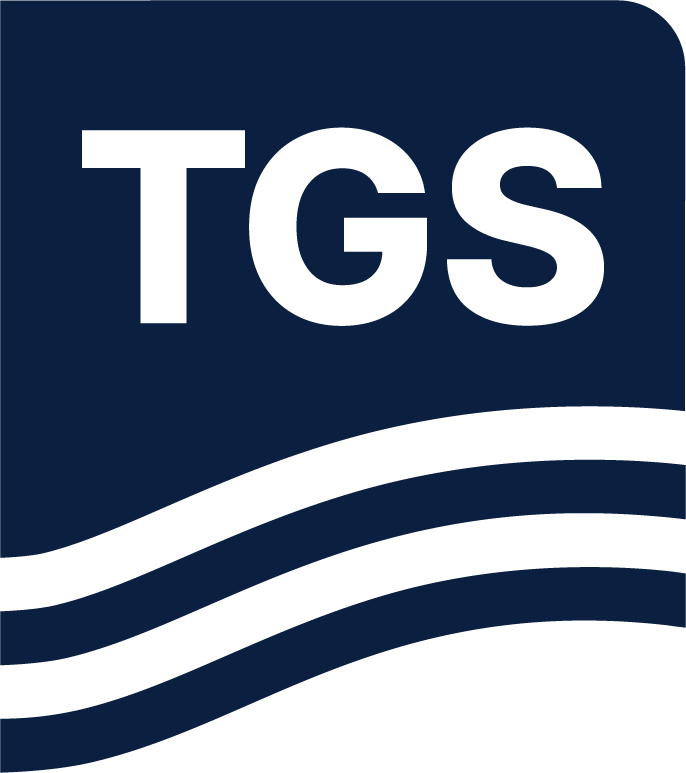Ocean Bottom Node (OBN) acquisition provides ultralong offset and full-azimuth (FAZ) illumination for better model building and imaging. A blended-source, sparse-node deep water OBN survey can achieve a notable balance of acquisition cost and imaging quality. We applied Dynamic Matching Full Waveform Inversion (DMFWI) to obtain a more accurate velocity model to mitigate model uncertainty for imaging. An image-domain Least-squares Reverse Time Migration (LSRTM) with nonstationary matching filters was conducted on top of the model update to further improve imaging results. Although we only used preliminary deblending hydrophone data to run mirror RTM, our study shows that LSRTM combined with FWI can unlock the potential of the ultralong offset OBN survey for complex subsalt imaging even with a large amount of residual noise presented.
Technical Library

